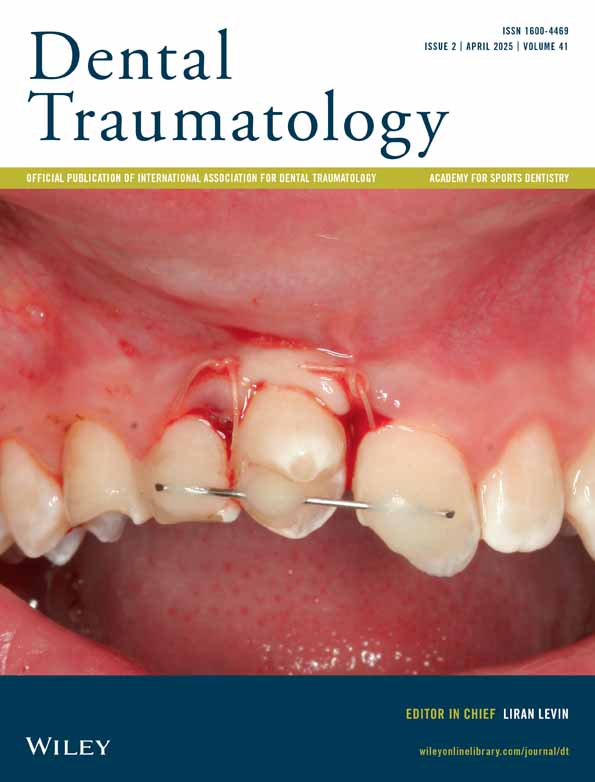Influence of Using a Puncturing Method and Cooldown Period Before Pressing the Second-Layered Sheet on the Final Thickness of Double-Layered Sports Mouthguards: An Experimental Study
Funding: This study was supported by the Dental Research Fund, Dental Research Project, Faculty of Dentistry, Chulalongkorn University, Bangkok, Thailand, under Grant Number 3200502#13/2023.
ABSTRACT
Aim
The thickness of the mouthguard is a crucial factor in its protective ability for athletes. This study aimed to investigate the final thickness of double-layered sports mouthguards, which were fabricated using different methods before pressing the second layer.
Materials and Methods
Seven upper working models (n = 7 per group) were prepared for mouthguard fabrication. The first 3-mm mouthguard sheet underwent heating, pressing, and vacuuming onto the model, followed by various protocols before the second 3-mm sheet was pressed. Group 1: The second sheet was pressed immediately. Group 2: The first sheet underwent a 1-h cooldown period before pressing the second sheet. Group 3: The interproximal areas of the first sheet were punctured followed by immediate pressing of the second sheet. Group 4: The first sheet was punctured followed by a 1-h cooldown before pressing the second sheet. After 24 h, the mouthguard thickness was measured at various points on the left and right central incisors and first molars using a digital caliper. The thickness analysis was performed using SPSS 29.0 with one-way ANOVA and Tukey post hoc analysis.
Results
At the labial surface of the central incisors, Group 4 exhibited the highest thickness, while Group 3 had the lowest (p < 0.001). Groups 1 and 2 did not show significant differences in thickness. At the incisal edges, Group 3 again had the lowest thickness (p < 0.05), with no significant differences observed among the other groups. There were no significant differences in thickness across all areas at the first molars, including cusp tips, pits, and buccal surfaces (p > 0.05). Group 4 demonstrated greater uniformity at the central incisors in thickness compared with the other groups.
Conclusions
Using the puncturing method at interproximal areas combined with a cooldown period could enhance mouthguard thickness at the labial surfaces of the central incisors and improve its thickness uniformity.
Conflicts of Interest
The authors declare no conflicts of interest.
Open Research
Data Availability Statement
The data that support the findings of this study are available from the corresponding author upon reasonable request.




